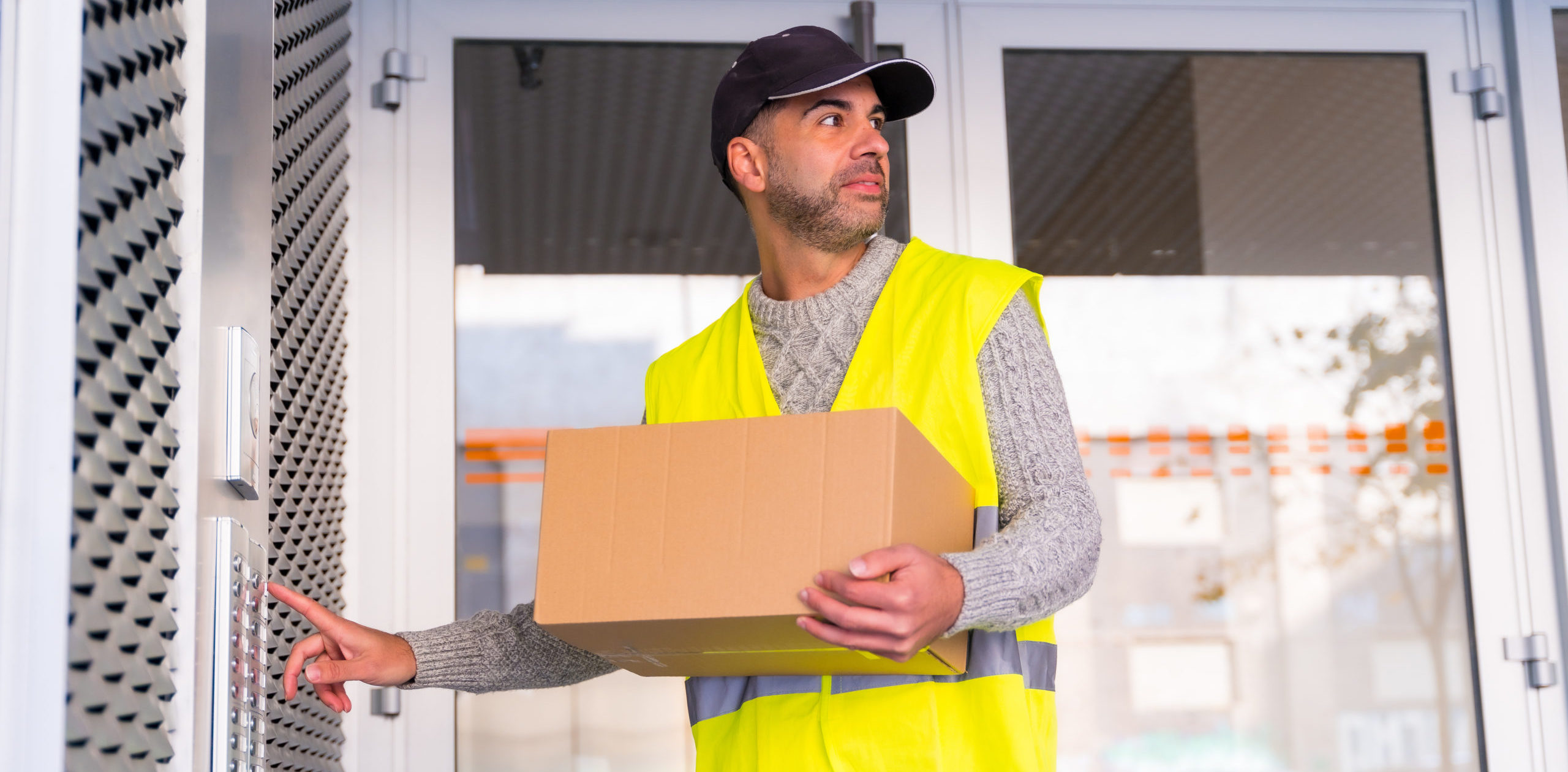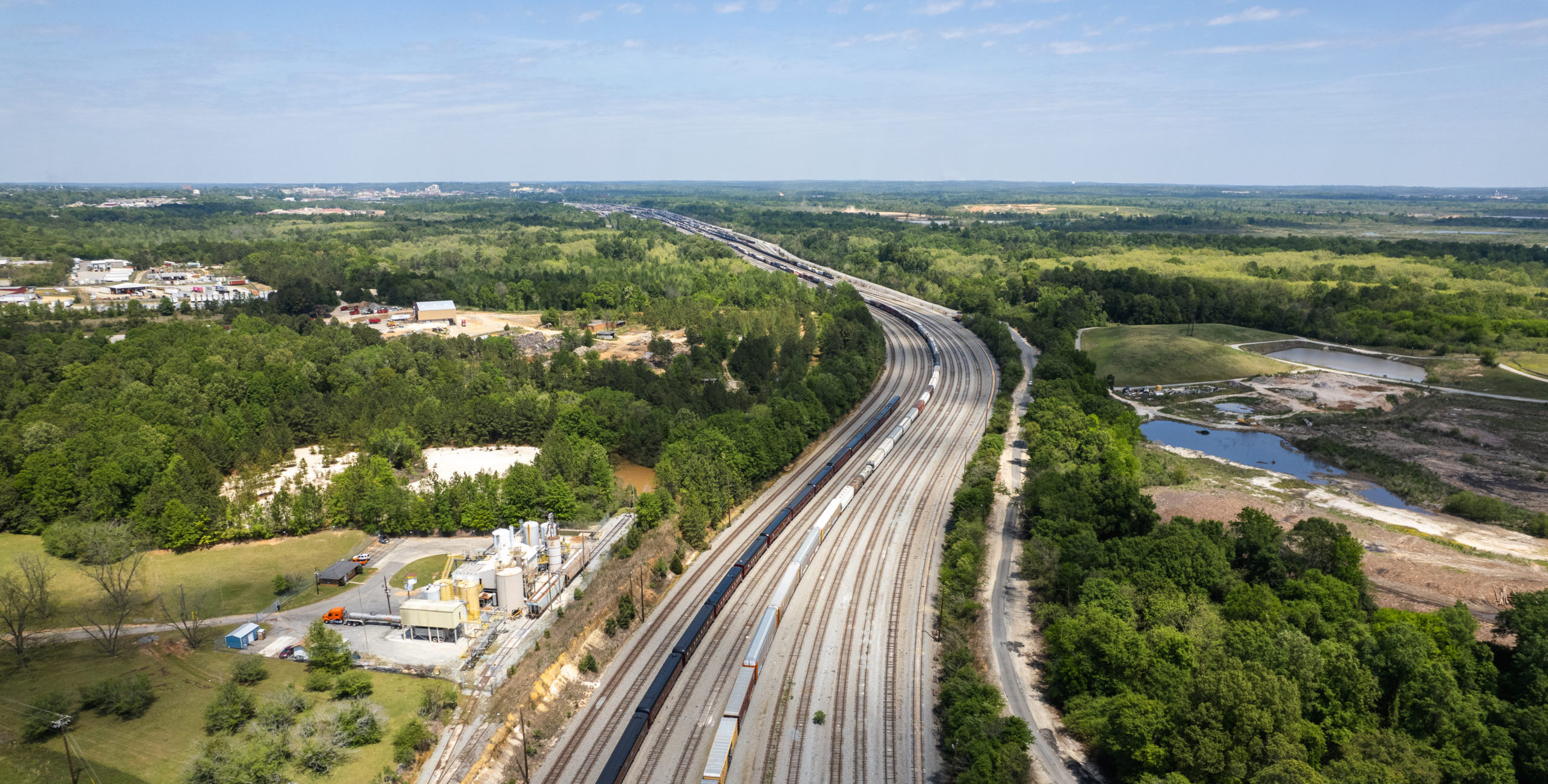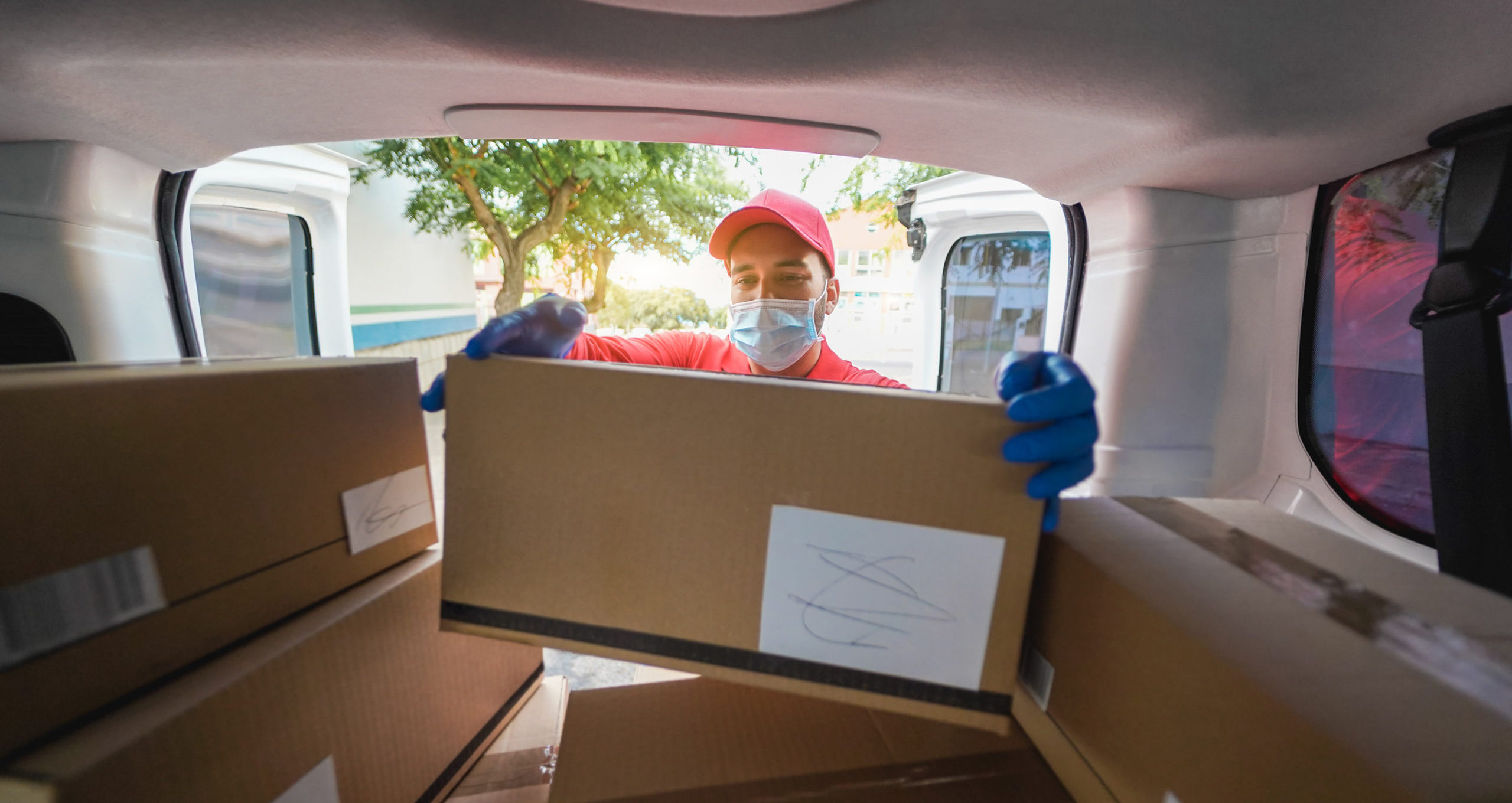Reducing Wasted Driver Hours: Where Most Delivery Teams Lose Time Without Realising

In delivery logistics, time is a critical but often invisible resource. While many fleet operators track costs, drop rates, and fuel efficiency, one area consistently gets overlooked, driver time. More specifically, wasted driver hours.
These aren’t always obvious losses. In many cases, it’s a series of small, persistent inefficiencies that quietly drain productivity, limit profitability, and place unnecessary pressure on drivers. Without intervention, these minor inefficiencies can result in thousands of hours lost across a fleet each year.
To truly optimise your delivery operation, it’s vital to understand where time is being lost, and how to win it back. Here are the key areas where most delivery teams lose valuable hours without realising, along with practical solutions that MaxOptra offers to help resolve them.
Inefficient Route Planning
One of the most common culprits is inefficient route planning. Many delivery operations still rely on static plans or manual processes that don’t account for real-time variables. Traffic conditions, road closures, driver availability, vehicle capacities and delivery time windows are often ignored or added in manually, long after the plan has been created.
The result is routes that look fine on a spreadsheet but lead to drivers taking unnecessarily long journeys, doubling back between drops or getting caught in heavy congestion. These delays aren’t just inconvenient, they add up to hours of wasted time every single day.
The solution:
MaxOptra’s dynamic route optimisation software eliminates these inefficiencies by creating efficient, data-led plans in seconds. It takes into account live traffic, delivery time windows, vehicle types and other constraints to build routes that save time from the outset. If anything changes during the day, plans can be re-optimised in real time, ensuring drivers always take the smartest route available.
Delays at Delivery Points
Time isn’t only lost on the road. A huge portion of wasted driver hours occurs at the delivery point itself. Common issues include waiting for customers who aren’t ready, struggling to access loading bays, or needing to call ahead repeatedly to check delivery details. These delays are often accepted as part of the job, but across dozens of deliveries, they can add up to hours each day.
The issue is compounded by poor customer communication. If customers don’t know exactly when to expect a delivery, they may not be ready to receive it, especially in B2C scenarios or multi-drop environments.
The solution:
MaxOptra helps reduce these delays with real-time delivery tracking and automatic ETA notifications. Customers receive updates when their driver is en route, meaning they’re more likely to be available and prepared. This reduces waiting times and improves delivery success on the first attempt. When combined with MaxOptra’s electronic proof of delivery tools, the entire handover process becomes faster and more efficient.
Lack of Real-Time Visibility
A lack of visibility into daily operations causes delays and slows decision-making. When fleet managers don’t know where their drivers are, what jobs are complete, or where issues are developing, they can’t respond effectively. This often results in wasted time due to unnecessary calls, delays in rerouting, or missed opportunities to avoid disruption.
Drivers, too, suffer from this lack of visibility. They may be left waiting for instructions or repeating calls back to base for updates on new jobs or customer instructions, all of which steals time away from driving or delivering.
The solution:
With MaxOptra, both office teams and drivers benefit from real-time visibility. Fleet managers can monitor job progress, track driver locations, and spot issues as they arise. This enables quick decisions, faster responses and minimal downtime. For drivers, clear instructions are sent directly to their mobile devices, removing ambiguity and allowing them to keep moving.
Manual Admin and Paper-Based Workflows
Many drivers are still weighed down by admin. Whether it’s vehicle checklists, mileage logs, delivery notes or customer signatures, manual paperwork adds unnecessary friction throughout the day. It takes time to complete, introduces room for error, and often needs to be processed again at the end of the shift.
When drivers are spending 5–10 minutes per drop filling in forms or chasing missing paperwork, the operational cost is significant. And that doesn’t include the time admin teams spend correcting or entering that data after the fact.
The solution:
MaxOptra’s mobile app replaces time-consuming admin with fast, simple digital workflows. Drivers can complete vehicle checks, log job updates, capture customer signatures and upload delivery photos directly from their device. These updates sync instantly with the back office, meaning no time is wasted on paperwork or data entry. Everything is tracked and stored securely in one system, ready for reporting or auditing.
Poor Delivery Sequencing
Even if a route covers the right locations, inefficient delivery sequencing can cause major time losses. If jobs aren’t ordered logically, drivers may end up making inefficient loops, revisiting the same area multiple times, or missing important delivery windows. In some cases, poor sequencing leads to failed deliveries that need to be reattempted later, which doubles the time impact.
Many teams rely on postcode or customer name order to organise routes, which doesn’t reflect the complexity of real-world deliveries.
The solution:
MaxOptra automates delivery sequencing based on live road data, traffic conditions, and customer requirements. Jobs are arranged in the most logical, efficient order to reduce backtracking and ensure each delivery is made at the right time. This not only saves time but improves delivery accuracy and reduces stress for drivers.
Over- or Under-Scheduling Drivers
Driver scheduling is another hidden area where time is lost. Without accurate insights into driver availability, shift times, and route durations, it’s easy to either overload some drivers or under-utilise others. Over-scheduling leads to missed SLAs and costly overtime, while under-scheduling leaves paid hours going to waste.
This imbalance can also affect driver wellbeing. Teams may feel stretched too thin one week and underused the next, neither of which supports long-term efficiency or morale.
The solution:
MaxOptra supports smarter driver scheduling by aligning route planning with real-time resource availability. Routes are built to match shift patterns, working time regulations, and vehicle capacities. This ensures balanced workloads across the team, helping reduce unnecessary overtime while making the most of every hour paid.
Inflexible Response to Change
Unexpected events happen every day, cancelled orders, last-minute job additions, traffic incidents, vehicle issues. Without flexible planning tools, delivery teams often struggle to adapt. Drivers may continue on inefficient routes, miss opportunities to complete additional jobs, or spend time waiting for new instructions.
When changes take too long to action, the result is idle time, wasted fuel, and unhappy customers.
The solution:
MaxOptra is built to handle real-world complexity. When plans change, routes can be updated and re-optimised in moments. Drivers are automatically notified of new instructions via the mobile app, allowing them to adapt quickly without calling in. This level of flexibility keeps drivers productive and helps businesses stay in control, even on the most unpredictable days.
Turn Wasted Time Into Operational Wins
Wasted driver hours might be silent, but they’re far from harmless. Across a large fleet, even a few minutes per delivery can equate to thousands of hours, and thousands of pounds, lost each year.
But the solution doesn’t have to be complicated. By investing in smarter planning, real-time tracking, and streamlined workflows, delivery businesses can reclaim that time and turn it into value.
MaxOptra empowers you to do just that. With intelligent routing, live fleet visibility, digital proof of delivery, and agile resource planning, you can eliminate inefficiencies at every stage of the delivery journey.
Want to find out how many hours you could save?
Book a demo to see MaxOptra in action and start reclaiming lost time across your delivery operation.
Maxoptra System
© MaxOptra, 2023. Privacy Policy and Cookies






